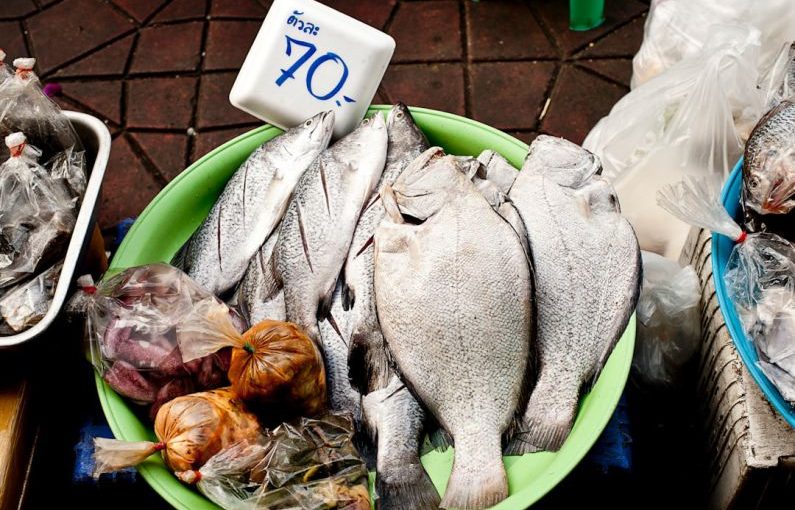Haggling is not just a transactional negotiation in Middle Eastern markets; it is an art form deeply rooted in the region’s cultural fabric. These bustling marketplaces, known for their vibrant atmosphere and diverse array of goods, offer a unique experience for both locals and tourists alike. From the aromatic spice stalls of Marrakech’s souks to the glittering gold markets of Dubai, haggling is a time-honored tradition that adds a sense of excitement and playfulness to the shopping experience.
Mastering the art of haggling in Middle Eastern markets requires a combination of skill, patience, and cultural understanding. Whether you are a seasoned negotiator or a first-time visitor, these markets offer a glimpse into a world where bargaining is not just expected but celebrated. Here are some tips to help you navigate the bustling bazaars and come away with both a good deal and a memorable experience.
Understanding the Cultural Context
Before diving into the world of haggling, it is essential to understand the cultural context surrounding the practice in Middle Eastern markets. Bargaining is not seen as rude or confrontational; rather, it is viewed as a lighthearted exchange between buyer and seller. The initial price quoted is often inflated to allow for negotiation, so don’t be afraid to make a counteroffer.
Building Rapport
Building a rapport with the seller is key to a successful haggling experience. Take the time to exchange pleasantries and show genuine interest in the goods being sold. Complimenting the quality of the merchandise or expressing admiration for the craftsmanship can go a long way in establishing a friendly rapport with the seller.
Timing is Everything
Timing plays a crucial role in the art of haggling. Avoid the peak hours when the markets are crowded, as sellers may be less inclined to negotiate when they are busy. Instead, visit the markets early in the morning or late in the evening when the atmosphere is more relaxed, and sellers are eager to make a sale.
Mastering the Poker Face
Maintaining a poker face during negotiations is essential to securing a good deal. Sellers are adept at reading body language and facial expressions, so avoid showing too much excitement or hesitation when discussing prices. Stay composed and confident, and you may find the seller more willing to meet your desired price.
The Power of Silence
Silence can be a powerful tool in the art of haggling. After making your counteroffer, resist the urge to fill the silence with chatter. Allow the seller time to consider your proposal and wait for their response. Oftentimes, the seller will be the first to break the silence and make a new offer.
Walking Away
One of the most effective strategies in haggling is the willingness to walk away. If you are unable to reach a mutually agreeable price, don’t be afraid to politely thank the seller and move on. In many cases, the seller may call you back and offer a lower price to close the deal.
Embracing the Experience
Above all, haggling in Middle Eastern markets is about embracing the experience and enjoying the process. Approach each negotiation with a sense of curiosity and adventure, and you may find yourself not only with a unique souvenir but also a newfound appreciation for the art of haggling.
In conclusion, the art of haggling in Middle Eastern markets is a time-honored tradition that offers a glimpse into the region’s rich cultural heritage. By understanding the cultural context, building rapport, mastering timing and body language, and embracing the experience, visitors can navigate the bustling bazaars with confidence and come away with both a good deal and lasting memories. So, the next time you find yourself wandering through the vibrant markets of the Middle East, remember to channel your inner negotiator and enjoy the thrill of the haggle.





